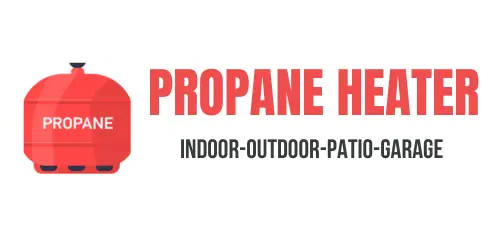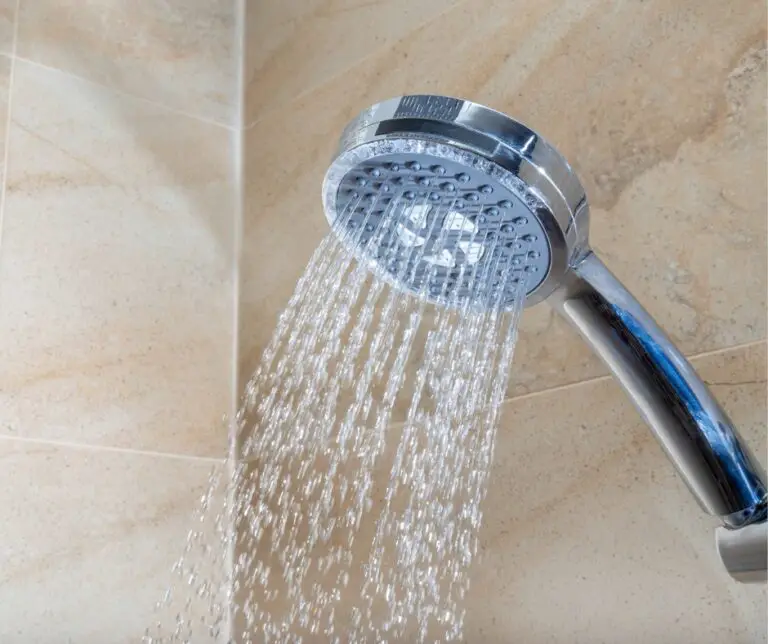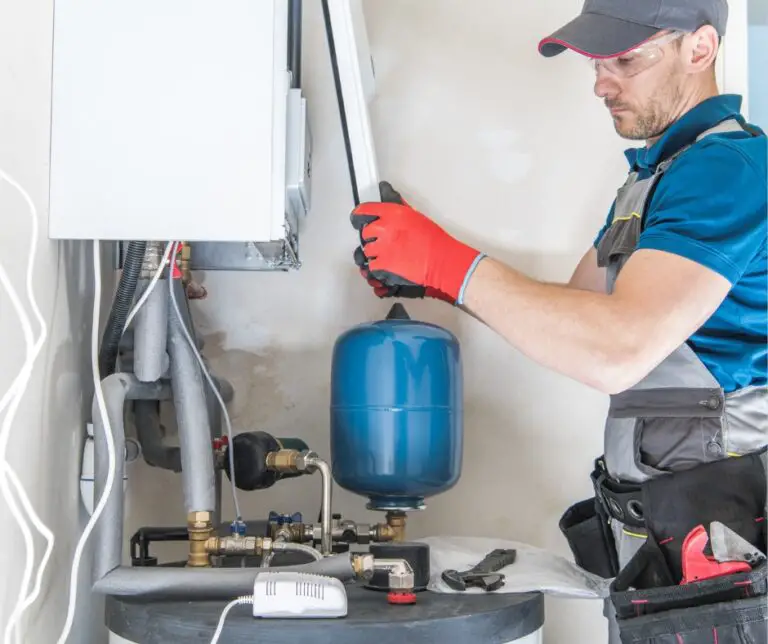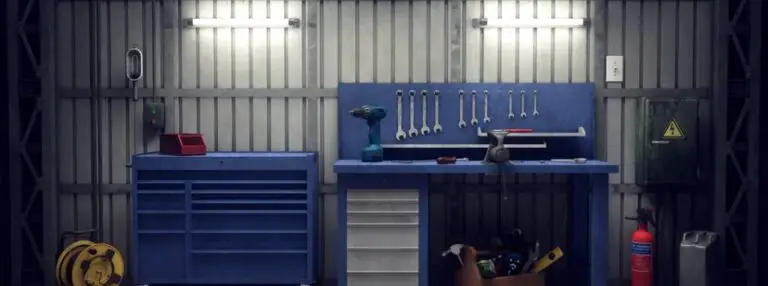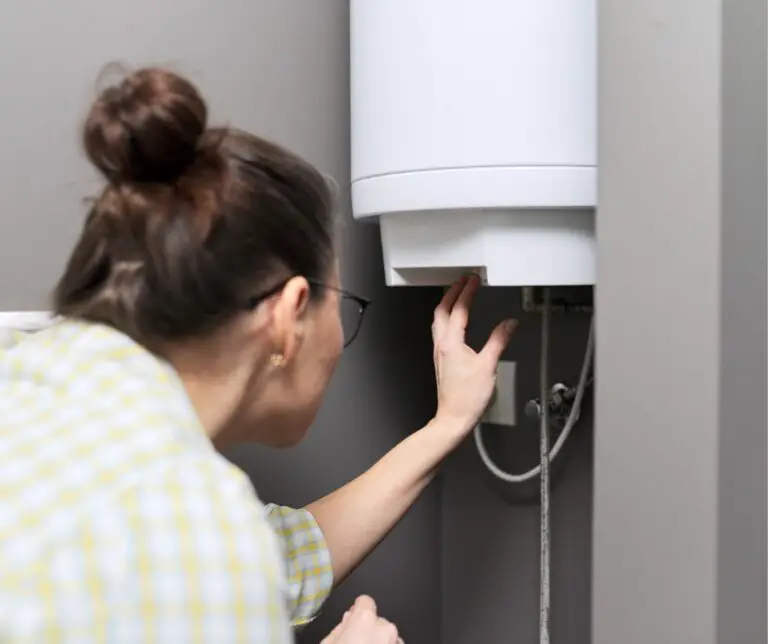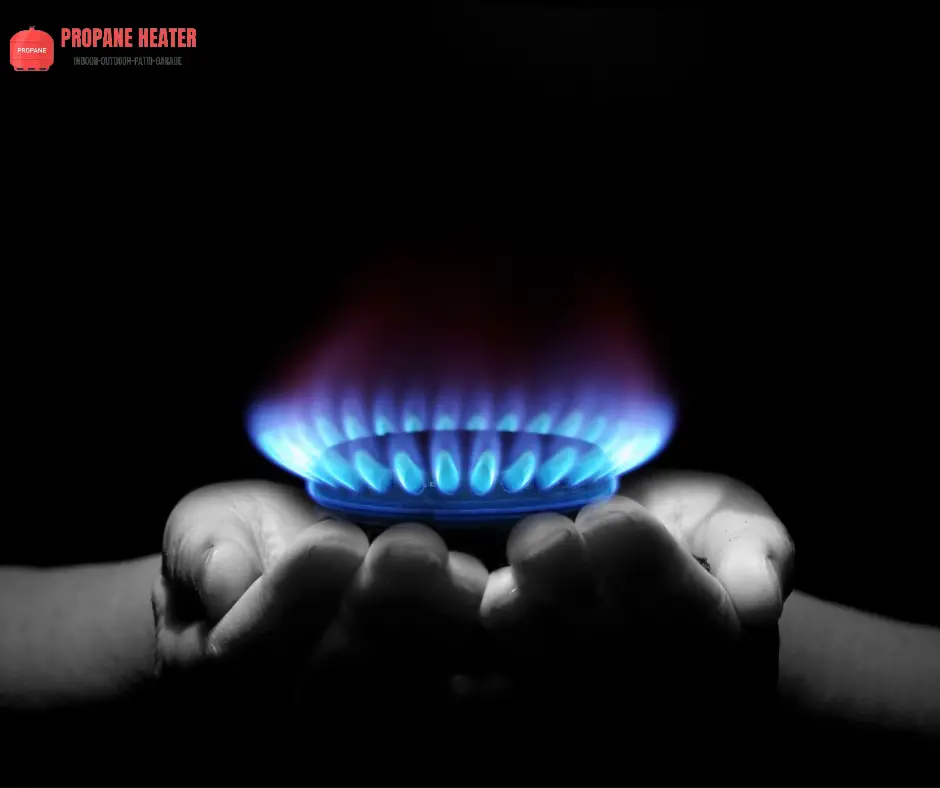
In today’s world, several sources of fuel can be used with stoves. However, many of these fuel sources have huge differences from solid to liquid to gas fuels. You also have to consider the compatibility with the type of stove you have. Aside from the state of their matter, the amount of heat generated is another factor to consider.
Does Propane Flame On Stove Burn Lower Than Natural Gas?
Propane is a gas that burns hotter than natural gas, which makes it more efficient when used in gas stoves. The heat produced by propane is more evenly distributed throughout the burner, making it easier to cook with and less likely to cause food to burn.
Propane is a liquefied petroleum gas (LPG) that is used in a variety of ways. In addition to its use as a fuel, it can be stored under pressure and used as a refrigerant or an aerosol propellant. Propane is also used as the raw material for many chemicals, such as ethylene and propylene.
Natural gas is a fossil fuel used to generate electricity and heat homes. It is also used in vehicles and boats, but less than it is for heating and cooking. Natural gas has a lower carbon footprint than other fossil fuels, such as coal or crude oil.
Natural gas burns cleaner than most other fossil fuels (not counting biofuels). It does not release sulfur dioxide or nitrogen oxides when burned, which can cause acid rain if released into the atmosphere during combustion.
Which Burns Hotter On The Stove: Propane Or Natural Gas?
Propane burns hotter than natural gas because it is more flammable and has a higher molecular weight. With complete combustion, an LPG (Propane) gas burns with a blue flame at a temperature of around 1,980°C. Natural gas also burns with a blue flame but only burns at 1,960°C. The propane’s higher percentage of hydrogen molecules versus the methane molecules in natural gas makes it burn hotter on your stovetop.
What Does A Blue Flame Mean When Burning Propane In a Stove?
When propane is burned in a gas stove, a blue flame means you get the most out of your fuel. It also indicates that the burner is burning with a good fuel/air mix and enough oxygen. This means that your flame will be more efficient since no impurities or other byproducts are added during combustion.
The blue color comes from ultraviolet light emitted by excited atoms when heated to their boiling point. That’s why flames with higher temperatures have bluer colors than those with lower ones. And more heat means more energy released by excited atoms, which results in shorter wavelengths of light being emitted.
What Does A Red Or Yellow Flame Mean When Burning Propane?
If you’re using propane as your fuel source, keeping an eye on your burner tip is essential. If it starts turning red or yellow instead of staying blue, chances are good that you have issues with your stove or cooking setup.
If you see a yellow or red color coming out during operation, this means incomplete combustion occurs. Simply put, your stove is not running efficiently, and you are most likely wasting gas.
Are Burners The Same For Propane And Natural Gas?
The main difference between propane and natural gas burners is that the former is more powerful. Propane burners are more miniature than natural gas but have a larger flame. The size of these flames is due to differences in how their orifices are sized. The orifice of a burner is the part through which gas comes out and has a smaller hole for propane because it carries a higher pressure than natural gas.
Is Propane More Or Less Flammable Than Natural Gas?
Because propane has a much narrower flammability range (minimum and maximum burn temperatures) than natural gas, it is less likely to ignite when combined with air unless the ignition source reaches at least 920 degrees F. Natural gas will ignite at around 350 to 400 degrees F.
Is It Cheaper To Cook With Gas Or Propane?
Propane is more expensive than natural gas. However, because propane burns extremely efficiently, cooking with it can be significantly cheaper than cooking with natural gas. One cubic foot of natural gas generates about 1,012 BTUs (British Thermal Units) of heat. In contrast, propane generates 2,520 BTUs per cubic foot.
Are Propane Stoves Efficient?
Propane stoves are more efficient than natural gas stoves. This is because propane flames burn hotter than natural gas flames, resulting in a higher BTU rating for each unit of fuel used. Propane uses less energy to cook with than natural gas, so if you want to save money on your cooking bills, consider switching from a natural gas stove to an LP-powered one.
In addition to being more energy efficient, using liquid propane (LP) may also provide you with greater flexibility when it comes time to use it for other purposes, like heating the home.
Can A Natural Gas Stove Be Converted To Propane?
Most, but not all, appliances can be converted from natural gas to propane. However, keep in mind that there is a cost difference between the two fuels, which will impact the cost of conversion.
Conversion of your stove is generally straightforward and can be completed by any handy person with basic skills. However, it may require professional help if you convert your natural gas stove to propane.
How much does it cost to convert natural gas to propane?
Converting from natural gas to propane is a simple process that usually costs less than buying a new stove. You can expect the natural gas to propane conversion kit to cost around $150 to $500.
If you already have an existing propane tank on site but need some assistance with installation, hiring professionals should cost around $75-$100 for labor. If you don’t, depending on the tank size you want, you can be looking at the expense of around $1700 to $3000, including installation. However, this figure can vary depending on where you live and who works for you.
Conclusion
Propane burns hotter than natural gas. It’s difficult to say which fuel is better in terms of cost, efficiency, and safety. While propane has certain advantages over natural gas, it also has some disadvantages that make it less desirable in some situations. Ultimately, it may come down to personal preference or the type of stove used.

I am Richard A. Jackson man behind propane heating solution, An HVAC expert working as a team lead of the heating department, Provide services all over the USA (around all major cities), and from planning to implementation, you will get all your solution here. We provide various tanks (propane and other natural gases) and deal with disposable waste.
